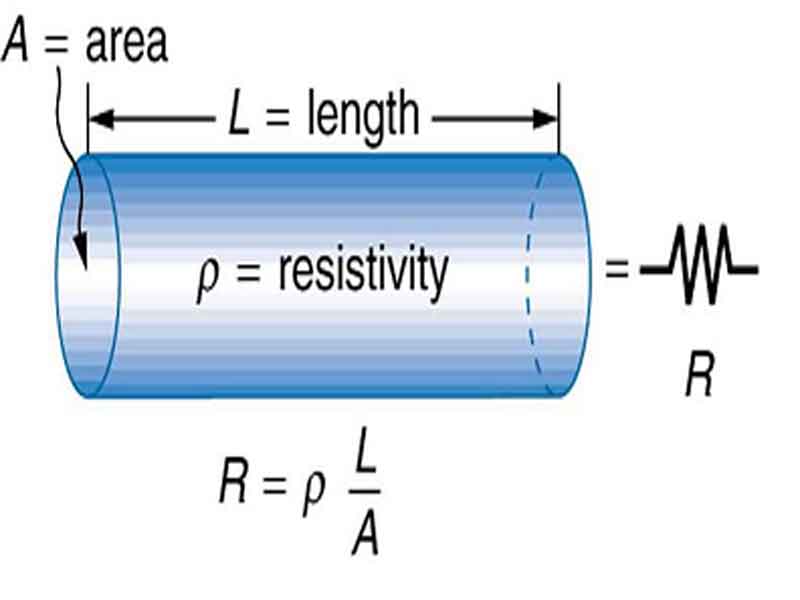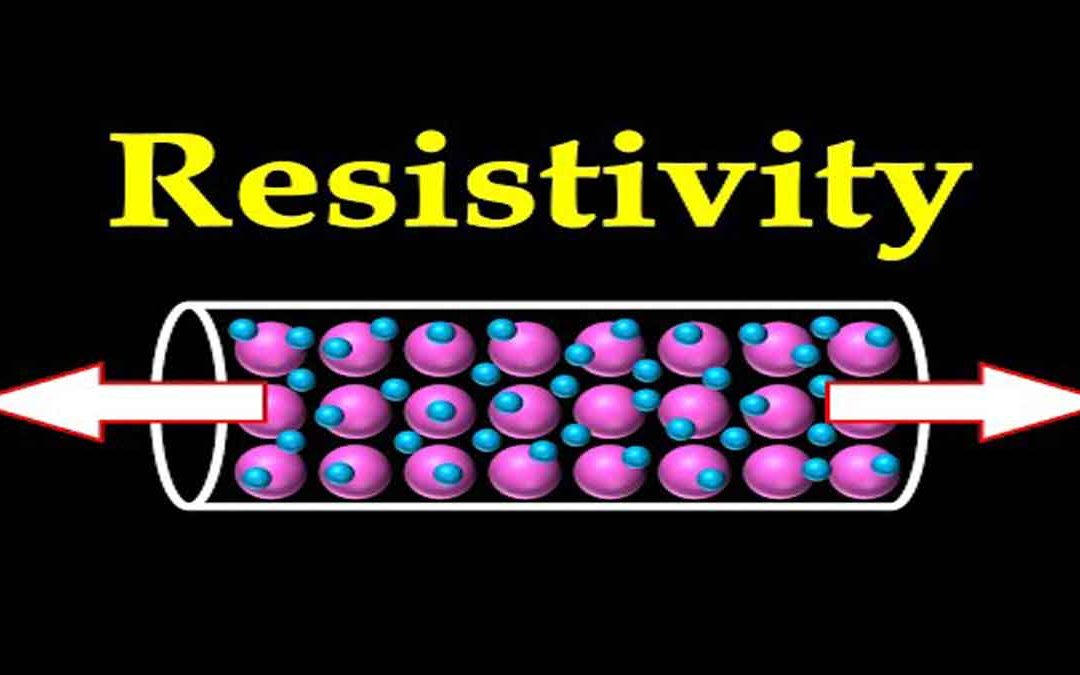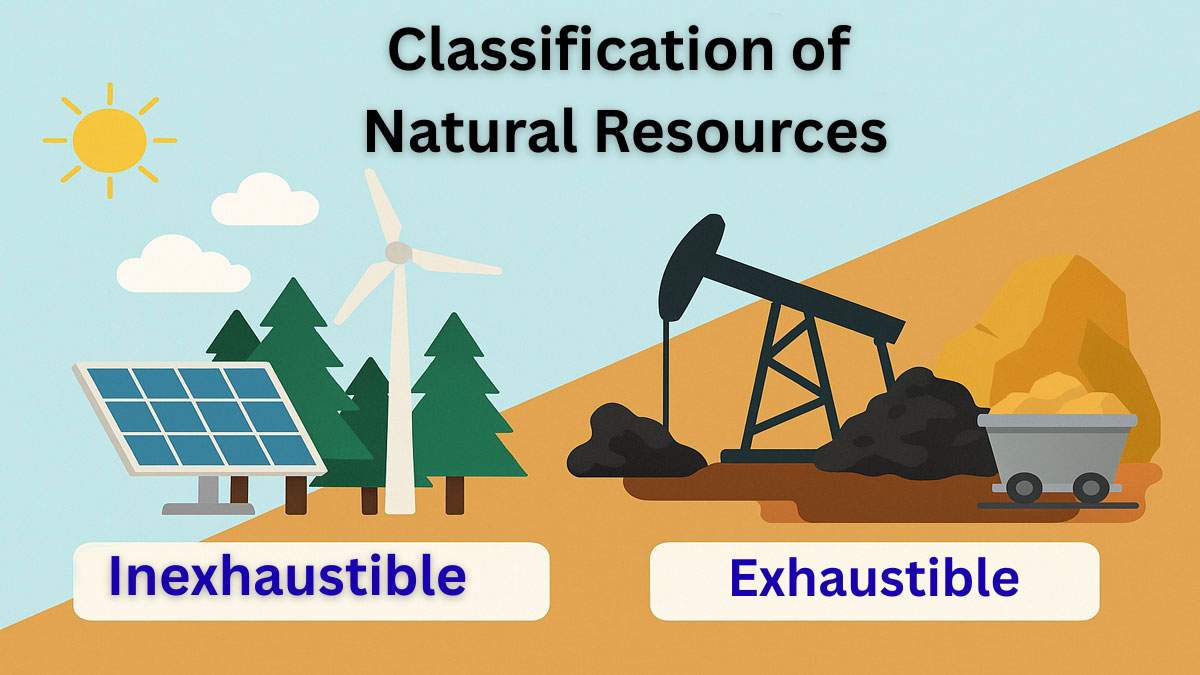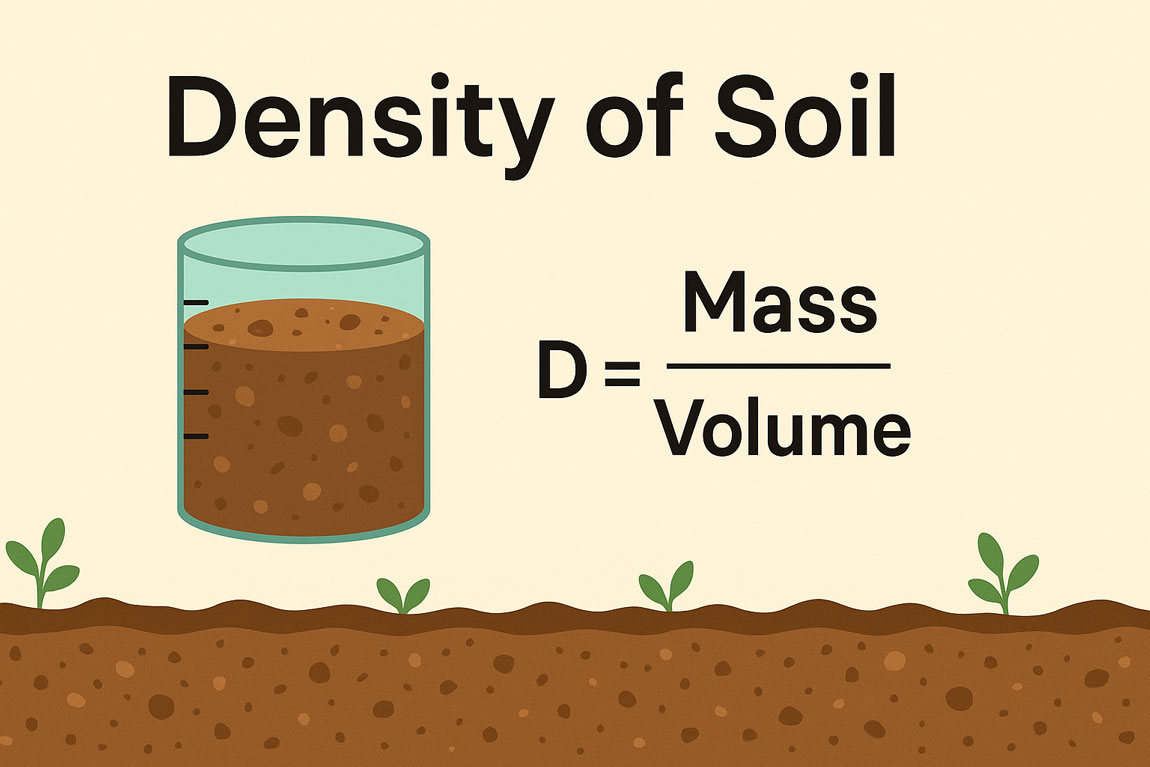Resistivity:
This is a fundamental physical property of metal in a wire. Though related to resistance, it is not the same. Resistance (R) depends on length, area, and the material’s properties, which are collectively described by this term.
R = ρL/A, where:
R = Resistance
ρ = Resistivity

Factors That Affect Resistivity:
Mineral Composition:
Rocks with minerals like quartz or feldspar tend to be poor conductors. Conversely, those with metallic elements such as gold or copper allow better conductivity. For instance, graphite shows ~10⁻⁶ Ωm, while quartz can reach up to 10¹² Ωm.
Porosity and Fractures of the Rock:
In general, lower porosity leads to higher resistance. However, even crystalline rocks with minimal intergranular voids can transmit current through cracks and fissures.
Fluid Content in Pores:
The type of fluid in pore spaces greatly influences conduction. Gas-filled pores increase resistance, while water-filled ones reduce it.
Mineralization of Groundwater:
The conductivity of groundwater depends on its chemical makeup, salinity, amount, and distribution within the rock. Natural water varies widely, from 10⁻² to 10² Ωm.
Pore Structure:
The geometric arrangement of voids can alter conductivity. More interconnected or complex geometries usually enhance flow and reduce electrical resistance.
Age of the Rock:
Older sedimentary formations often show increased resistance due to compaction. However, exceptions like certain tertiary rocks may show unexpectedly high values because they were deposited in fresh water, unlike older saline environments.
Pressure:
Overburden compresses rock, lowering porosity and increasing resistance. Meanwhile, hydrostatic pressure can expand layers and slightly improve conductivity.
Temperature:
A rise in temperature enhances ion mobility in fluids, reducing the resistance of both the liquid and the rock as a whole.
Cementation of Rocks:
Uncemented sedimentary formations become less conductive as grain size increases. If the binding material is clay-rich or silica-based, resistance may go up.
Other Influencing Factors:
a) Salinity
b) Ion concentration in contaminated water
c) Pore interconnectivity (permeability)
d) Depth
e) Grain fabric
f) Lithology






